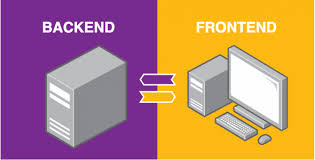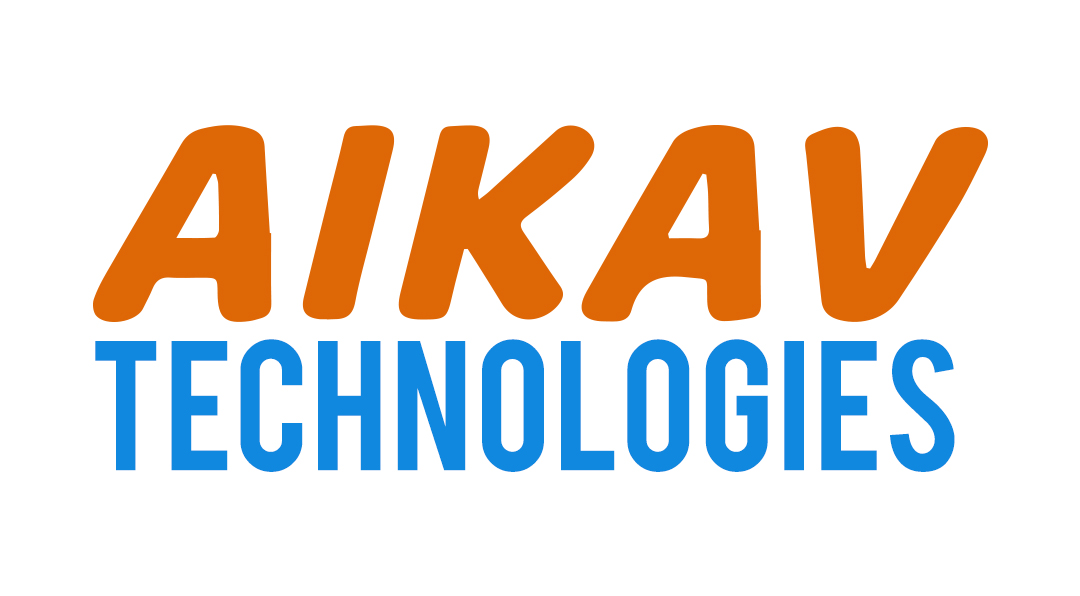
Monolithic architectures are a natural starting point for many products. They’re simple, fast to develop, and easy to deploy. But as your application grows, so does the complexity. Eventually, the all-in-one monolith starts to feel like a bottleneck—slowing down development, deployment, and innovation.
So, when is it the right time to separate the frontend from the backend? What does that transition look like? In this article, we’ll dive deep into the technical, operational, and organizational signals that indicate it's time to decouple—and how to do it the smart way.
🧱 Understanding the Monolith
A monolithic application is a single-tiered software where the frontend, backend, and data access layer are all part of one tightly coupled codebase. Initially, this architecture is faster to build and deploy, but it has limitations:
Slower deployments (any small change can affect the whole system)
Codebase complexity increases over time
Scaling difficulties (you can’t scale individual parts easily)
Frontend/backend dependency slows teams down
At some point, the pain of staying monolithic outweighs the comfort of simplicity.
🚦 Signals It's Time to Decouple
You don’t need to decouple at the first sign of trouble—but persistent issues may be signs that your monolith is holding you back. Look for these key signals:
1. Frontend Teams Are Blocked by Backend Changes
If frontend developers constantly wait for backend updates before they can proceed—or vice versa—it’s a red flag. A decoupled architecture allows each team to move independently.
2. Slow Deployments and Rollbacks
When your entire application must be tested and deployed as one unit, shipping even minor changes becomes risky. With a separate frontend, you can deploy UI updates frequently without redeploying the backend.
3. Performance Bottlenecks
As traffic grows, you might find that your backend is doing too much—serving API responses and rendering templates. Splitting responsibilities lets you optimize each layer independently.
4. Desire for Modern Frontend Frameworks
Modern JS frameworks (like React, Vue, Svelte) offer better performance, maintainability, and developer experience. These often work best when the frontend is its own service, communicating with the backend via APIs.
5. Microservices or API-First Initiatives
If your company is moving toward microservices or adopting an API-first strategy, it’s natural to break the frontend out into its own client that consumes those APIs.
🧠 Benefits of Decoupling
Decoupling your frontend and backend isn't just about fixing pain points—it opens new doors:
Parallel development across frontend/backend teams
Faster iteration on UI/UX
Scalability: front and back ends can scale independently
Better testing and CI/CD workflows
Tech freedom: the frontend team can choose their own stack
⚙️ How to Decouple: A High-Level Approach
Decoupling is a significant architectural change. Here's a high-level path to doing it thoughtfully:
Step 1: API Design
Design RESTful or GraphQL APIs that your frontend can consume. Think about data structure, authentication, pagination, error handling, etc.
Step 2: Front-End Bootstrapping
Start building the frontend app (often using frameworks like React, Angular, or Vue) outside the backend. It will consume the new APIs you’re designing.
Step 3: Strangling the Monolith
Use the Strangler Fig Pattern to slowly replace parts of the frontend within the monolith with the new frontend app, reducing risk and ensuring continuity.
Step 4: CI/CD Setup
Set up separate pipelines for frontend and backend to enable independent deployment. This is crucial for maximizing the benefits of separation.
Step 5: Cut the Cord
Once confident, redirect all traffic to the decoupled frontend. Monitor closely, iterate, and refine.
⚠️ Pitfalls to Avoid
Premature separation: Don't decouple just to follow trends. Do it when it solves real problems.
Poor API design: A decoupled frontend is only as good as the APIs it consumes.
Overcomplicating too soon: Avoid turning one monolith into two tightly coupled systems with worse communication.
Neglecting testing: Integration and contract testing are more important than ever in a decoupled setup.
✅ Is It Worth It?
Yes—if you’re ready. If your monolith is slowing your teams down, decoupling can unlock massive gains in speed, autonomy, and scalability. But it’s not a silver bullet. Success depends on careful planning, strong engineering practices, and ongoing iteration.
